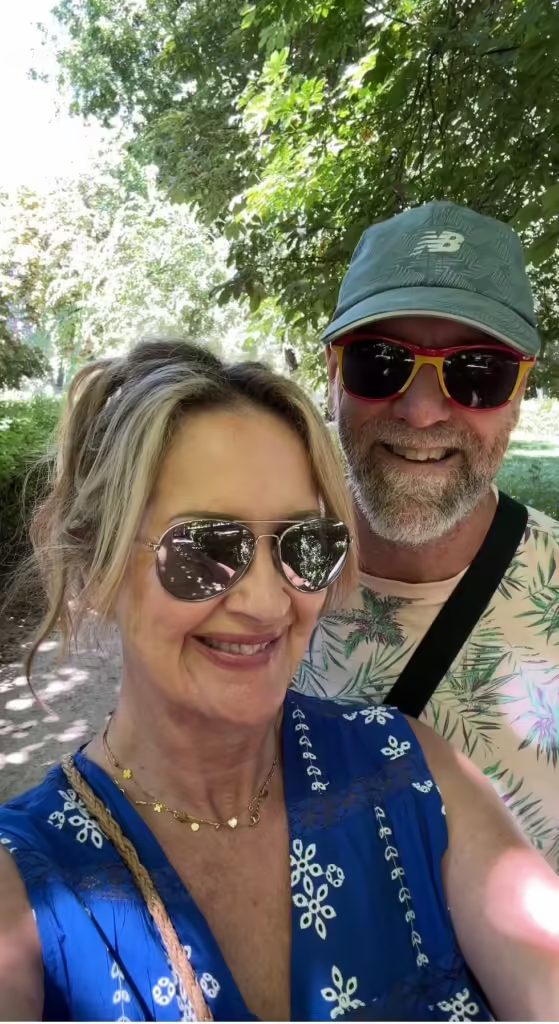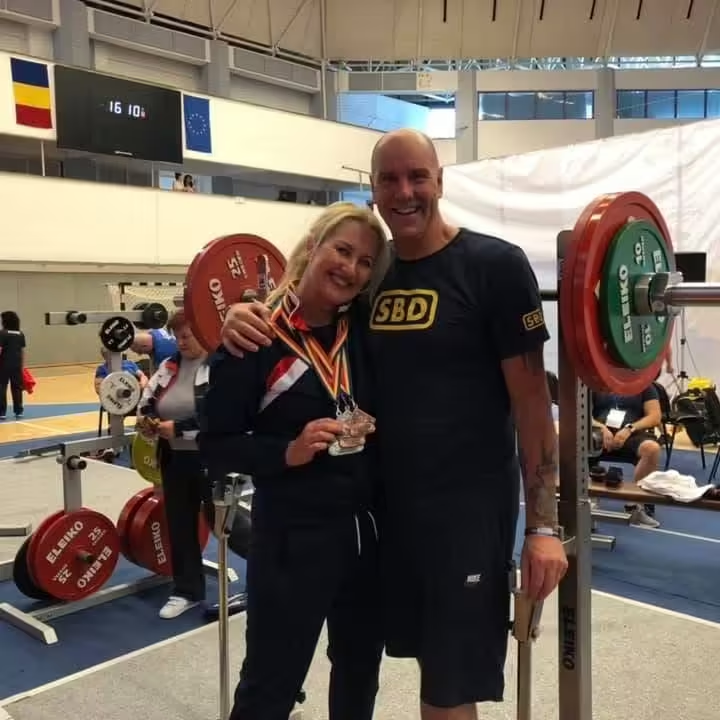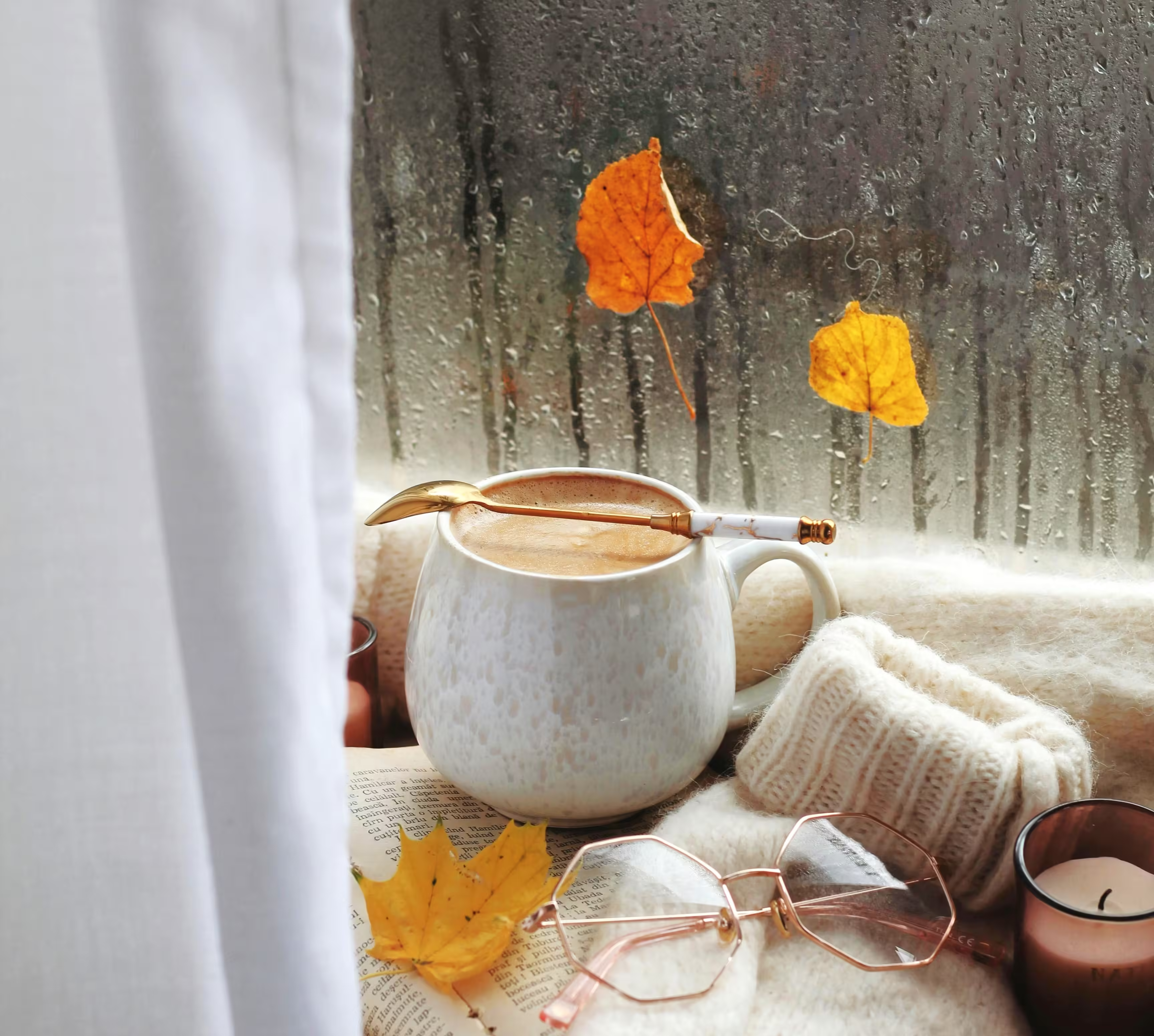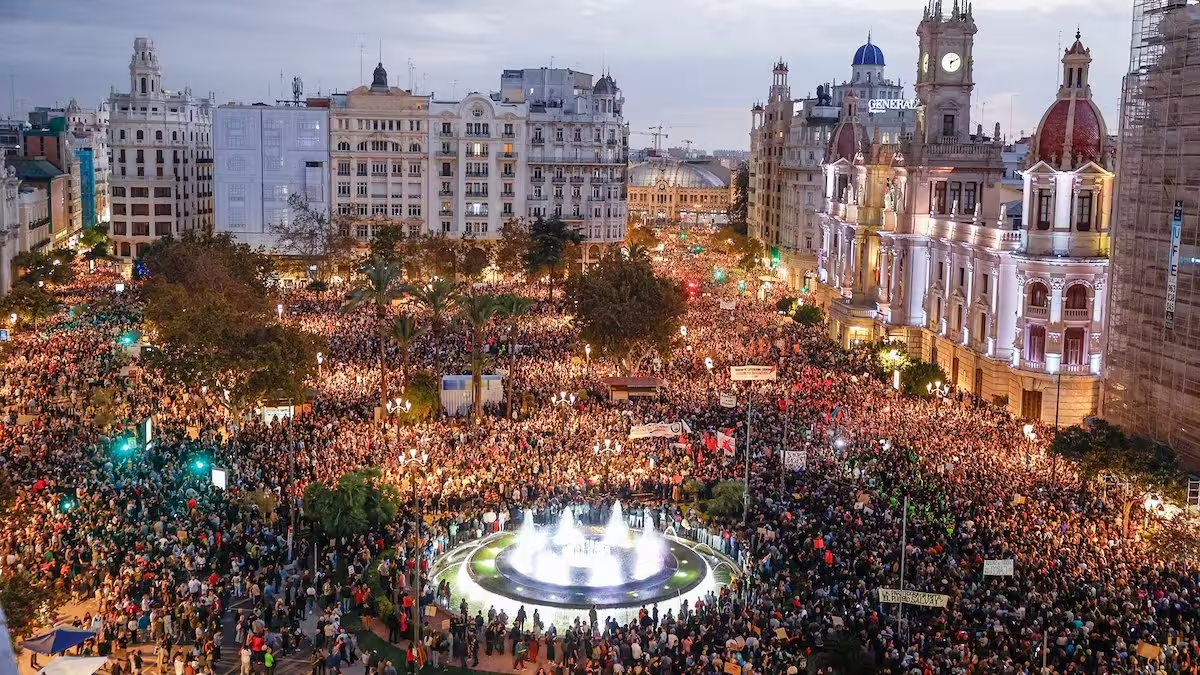Strength Without Limits: Living and Lifting in Spain
Moving from Scotland to Spain isn’t just about the sunshine. For Melissa Wall, a former personal trainer, it meant starting again in a new country while still holding on to her passion for fitness. Now, as an international powerlifter, she’s showing how weight training can change lives and encouraging other women to give it a try.
From the Highlands to the Costa Blanca
Like many couples, the idea of moving abroad started as one partner’s dream. “My husband Steve retired from a 40 year long army career and had a long term ambition to move to sunnier climes. Admittedly, I was slightly less enthusiastic but somehow got caught up in his plans, as you do,” Melissa recalls with a smile.
Selling their Scottish Highlands home in 2019 turned the dream into reality far quicker than expected. “We put our home in the Scottish Highlands on the market in 2019 as a test and it sold immediately so it felt like a sign that it was time to make the move abroad. And almost six years later, here we are living in Spain surrounded by blue skies, olive trees and citrus orchards.”
The Beauty of the Jalon Valley
The couple settled in the Jalon Valley, an area known for its vineyards, citrus groves, and mountain views. “We live in the Jalon Valley, Northern Costa Blanca, in a beautiful country villa in the campo near a very small town. It’s very rural and peaceful with stunning views of the Coll de Rates mountain. We chose the North for the mountains and greenery expecting it to be much cooler, however, typically, the last few summers have proved that it’s not quite as cool as we had hoped.”
For them, the inland setting offered the right balance. “We decided to buy inland (we are only 25 mins from most of the larger beaches and resorts in the area) as property prices were lower than the coast, but crucially we wanted a peaceful, less populated area. I feel we have the best of both worlds here, pretty much everything we need is 25 minutes or so in any direction.“
Living inland offered them more than just peace and lower property prices. “Also, the private health care here is phenomenal which is a huge bonus in the current climate,” she said, noting how reassuring it is to have quality medical support close by.
And then, of course, there’s the weather, which makes the move feel like a true lifestyle upgrade. “It goes without saying, that the stunning blue skies and winter sunshine is, of course, the icing on the cake.” Long winters in Scotland are a distant memory, replaced by bright mornings and afternoons spent outside, whether training, swimming, or simply enjoying the views of olive groves and mountains.

Settling Into Spanish Life
Even with the beauty of Spain’s countryside, there were adjustments. “For us definitely the language, and the well-documented bureaucracy,” she explained. The couple had moved so quickly they hadn’t prepared with language lessons, and the different administrative systems were overwhelming. “Whilst you’d expect a lot of bureaucracy moving to any new country, there seemed to me to be much confusion around who does what here. It’s a huge adjustment to adapt to different ways of doing things. I’m not the most patient person so I’m still learning to take a deep breath when dealing with issues.”
Even daily life had unexpected quirks. “Our villa’s temperature in the winter months was also a shock, I hadn’t expected it to be so cold indoors, despite having heating. We both laugh as we wrap up in blankets, socks and fleeces indoors from December to March. Meanwhile outdoors is glorious sunshine!”
Still, she’s built a routine that gives structure to her days. “I’m fortunate that I’ve managed to maintain a fairly similar routine (routine and structure are very important to me) to the one I had in Scotland, although I’m now retired from running my Personal Training business.
So for me, it’s an early rise, 6:00am (especially in summer) to have breakfast, stretch, mobilise and train for a couple of hours. Followed by a swim in our pool, afterwards, lunch which is usually followed by a siesta. I thought siestas were a myth till we survived a couple of summers here, so I see why they are hugely beneficial and an absolute necessity.“
The pace of life in Spain, she says, feels different from Scotland. “I find that the days really fly past in Spain, I guess time does fly when you are enjoying yourself.” Between her morning training, swims in the pool, and household routines, the hours pass quickly, leaving little space for boredom.
“We enjoy exploring Spain when we have the opportunity, visiting its wonderful cities and have ambitions to do much more.” She and her husband drive to nearby towns, wander through local markets, or hike in the surrounding mountains, making the most of the life they’ve built in their new home.
From Running Shoes to the Weight Room
Her passion for powerlifting started later in life. “I fell into competitive Powerlifting by accident really. I was a former distance runner and dabbled with weights at the gym without any real direction or consistency. I was fortunate to wind up training at a gym that was strength focused. After an introduction to powerlifting by my first and former coach I competed for the first time at age 47 in a regional competition. When I realised I was pretty strong and enjoyed the training so much I kept at it and ended up competing at international level for the Great Britain Masters Team. As a result my husband who is a GB powerlifting coach and I have visited many countries all over the world and I have been fortunate to bag podium positions and medals at European and World Championships.”
It’s an impressive journey, showing that strength sports are for anyone willing to put in the work.

Breaking Barriers for Women
When asked why many women shy away from the weights section, she gave a thoughtful answer. “For many women, it’s really not knowing where to start, for example, which exercises to focus on to benefit them most, how to use the correct technique when using weights and what weight, sets/reps ranges they should be using. Many women still feel that gyms are male dominated places, which to an extent some are. I feel women should be encouraged and empowered to take up and own their space in the gym. When you realise that every single person in the gym is there to focus on themselves, you become less concerned with feeling judged or intimidated, these feelings are more likely to be your own perception rather than reality. I’ve made some life long friends from training in gyms.”
She’s noticed differences in culture too. “I have noticed that while there are a number of Spanish women competing in Powerlifting and Weighlifting across Spain, many women are very focused on cardio as a primary exercise in the gym and not so many are seen in the weights section. This is particularly obvious in aged 40+ women.”
Finding a Community in Spain
Despite the challenges, she’s managed to find support locally. “I am also a member of the Spanish Powerlifting Federation (the AEP – ‘Power Hispania’) and have competed in local competitions for the last few years. Although I compete in Britain and for the GB Team, I thought that by joining a federation here I would meet like-minded women, in fact I met one of my best friends Geni here at a competition. It’s very important to have that connection in what is still a fairly unusual sport for women, let alone women like me in their late 50s. Sadly many other Spanish female powerlifters are scattered across Spain so regular connections are not easy.”
She sees younger women taking part in CrossFit but wishes strength sports were more popular. “Sadly not as much as I would personally like to see in older generations. Many younger women are involved in CrossFit here but not so many in true strength sports like Strongwoman or Powerlifting. I have run workshops and introductory sessions to encourage local women to get involved in using weights.”
Why Strength Training Matters for Women
Her mission now is to encourage more women to experience the benefits of strength training. “They are numerous benefits, especially for menopausal and post menopausal women when loss of bone density, risks of osteoporosis and sarcopenia (loss of muscle mass) are high. When you examine the benefits of lifting weights such as improved metabolism, better joint health, personal confidence, lower risk of heart disease etc.. it’s amazing to me that more women aren’t involved. Anything I can do to promote this is a massive priority for me.”
And for those who are unsure of how to start, she has simple, practical advice. “Join a gym (most gyms can provide guidance on the use of weights and beginner programmes to follow). Ideally seek out a knowledgable trainer or coach who has specialist knowledge of weight training for women. Affordability can be an issue, but I’d strongly advise employing a Personal Trainer even for a few sessions to show you the ropes and how to train safely. You could then follow their programme at home or in the gym. Investing in your health is priceless in my opinion and should be a priority.”
Training in the Spanish Climate
The move to Spain has influenced her training habits too. “Beautiful, sunny mornings certainly make early rises much easier. I’d say my pace of life is slower now that I’m retired. Im still learning to cope with training in the summer heat here which definitely impacts on my fatigue levels during training sessions.”
Melissa Wall’s journey from the hills of Scotland to the gyms of Spain shows that strength isn’t only about competition, it’s about health, confidence, and proving to yourself what you can do. By sharing her own experience, she hopes more women will see that it’s never too late to start lifting and feel the benefits for themselves.
Image: Melissa Wall
Share this content:




1 comment